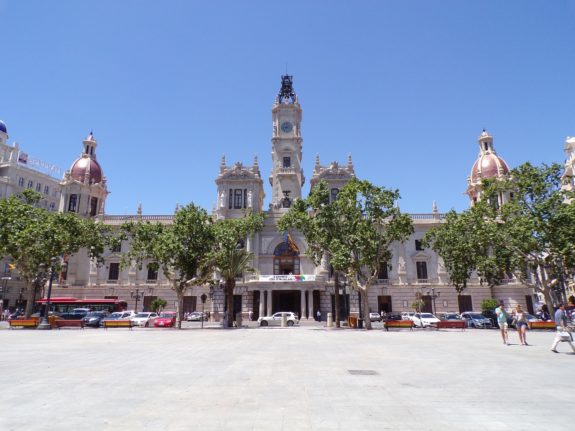From 2023 and over the course of the following decade, Spaniards will lose €1 to €2.5 of their net monthly income to extra social security tax contributions.
The estimate comes after Spain’s Ministry of Inclusion and Social Security and top Spanish workers’ unions UGT and CCOO agreed that cotizaciones (tax contributions in Spanish) will increase 0.6 percent starting the year after next.
This bolstering of Spain’s Social Security Reserve Fund will be paid mainly by employers – 0.5 percent – while 0.1 percent will correspond to the worker.
“The reform will come into force in a few months,” Social Security Minister José Luis Escrivá told journalists on Monday, where stressing that the rise in the taxes taken from workers’ salaries “won’t reach €2” for workers and “under €10” for companies.
The measure aims to strengthen Spain’s pension system with an extra €50 billion by 2032, in view of the upcoming retirement of millions of baby boomers, as the Spanish press refers also to them using the English term.
According to 2021 government statistics, there are 6.45 million people in Spain in the 55 to 64 age group, and 9.37 million above the age of 65.
The reform will be included as an amendment to the bill that is being processed in Spain’s Congress and will act as “a safety cushion” for Spain’s ageing population, Escrivá said.
Spain’s Prime Minister Pedro Sánchez on Monday backed the reform, writing on Twitter that the agreement will serve to “shield” Spain’s public pension system, an “indispensable tool” in a “more just and egalitarian” society.
However, for the Spanish Confederation of Business Organisations (CEOE) the tax hike will “have negative effects on employment and is the opposite of what the public pension system needs.”
The head of Spain’s opposition Popular Party Pablo Casado has also dismissed the increase in social security contributions as “employment tax” and “nonsense”.
From January 2022, Spain’s retirement age will be pushed back to 66 years and 2 months, meaning that to get a full state pension a worker will have to have worked for 37 years and six months.
Life expectancy in Spain is the highest in Europe and by 2040 Spaniards are expected to live longer than any other nation in the world, on average 85.8 years.
In a recent report, the OECD recommended that countries push back the age of retirement of its citizens by two years for every three extra years of life expectancy.
The same study found that in nations such as Spain, Italy, Belgium and France, most people were retiring before the legal retirement age.
READ ALSO: Spain’s self-employed workers to pay €8 more a month in 2022



 Please whitelist us to continue reading.
Please whitelist us to continue reading.
Member comments